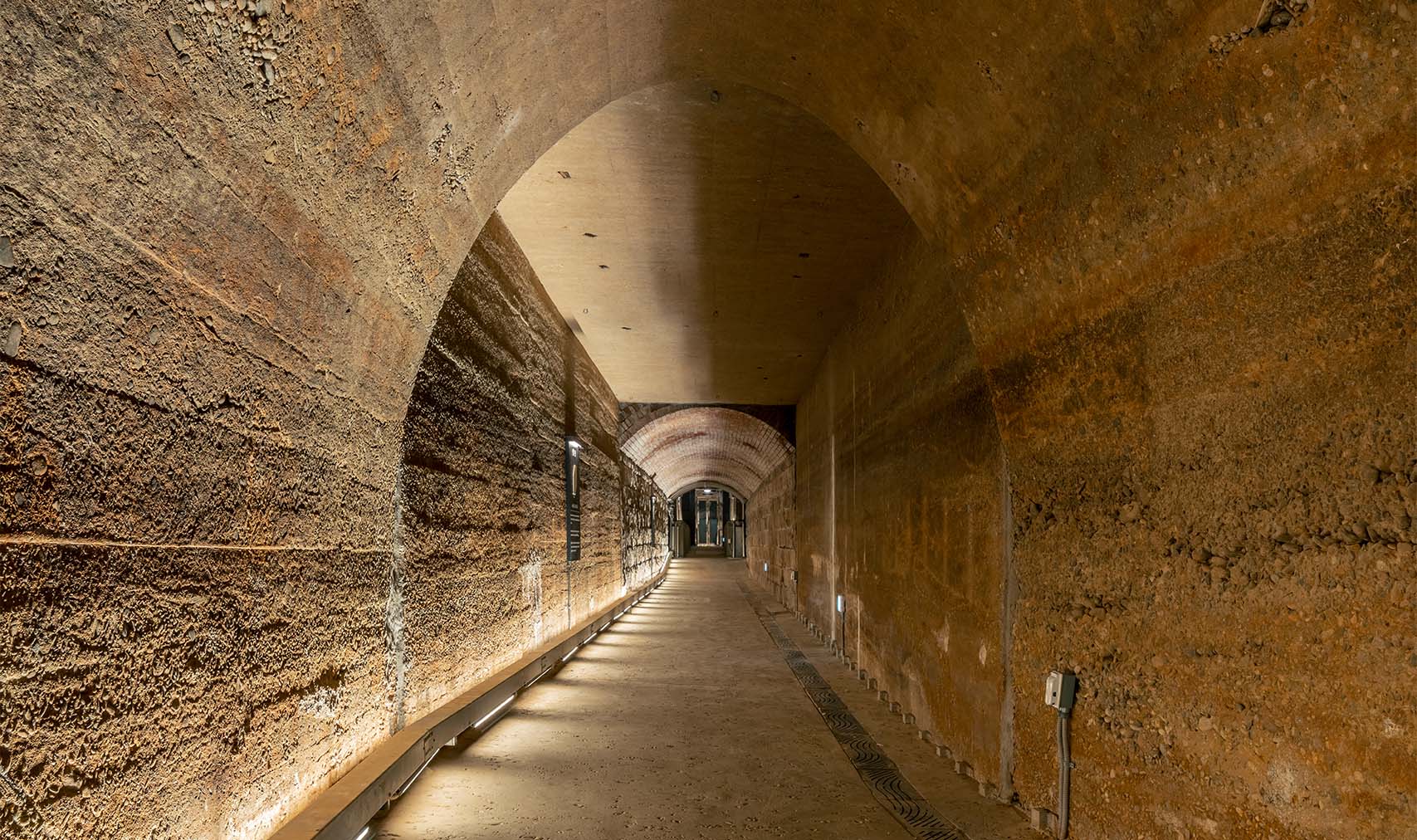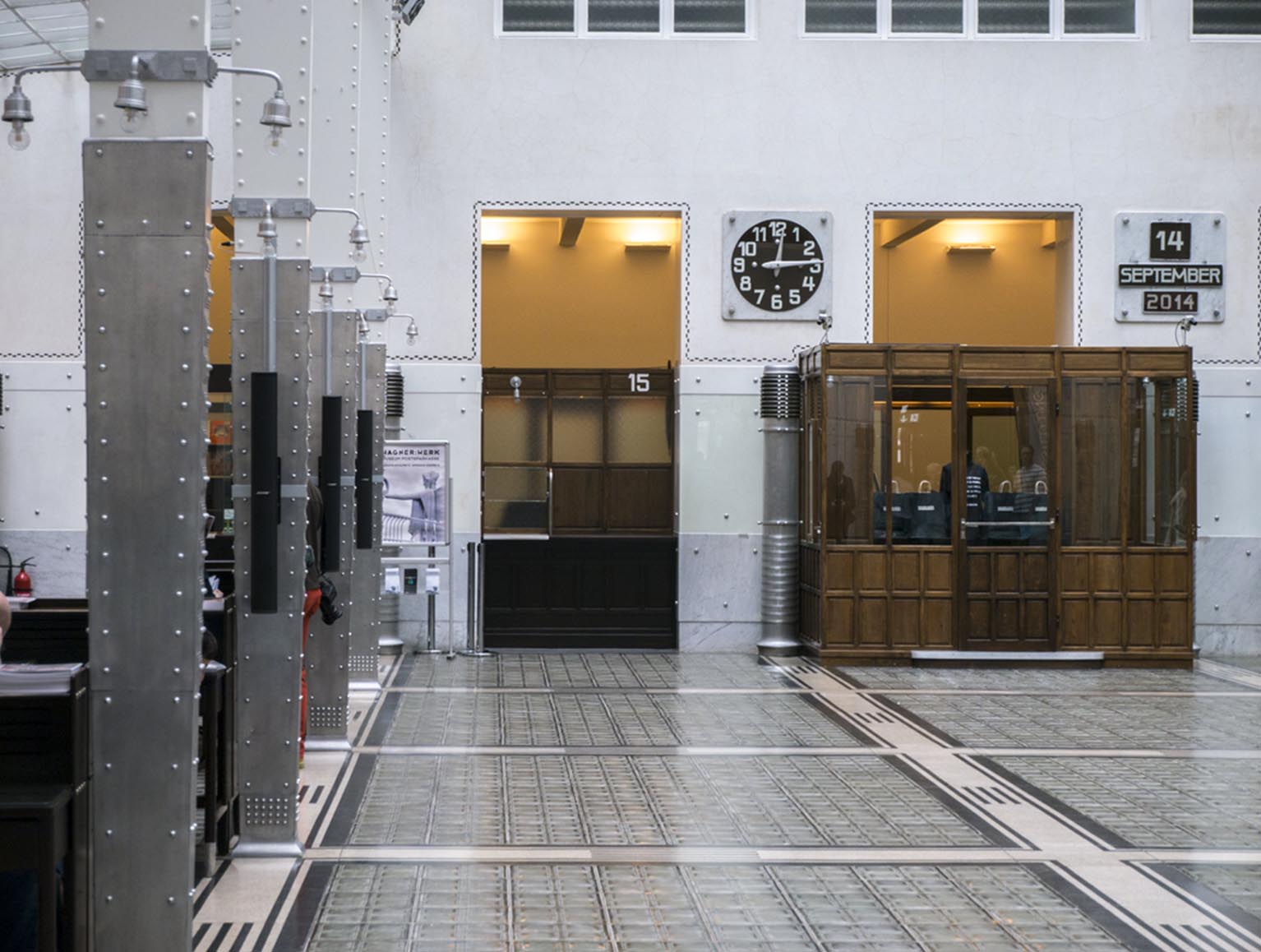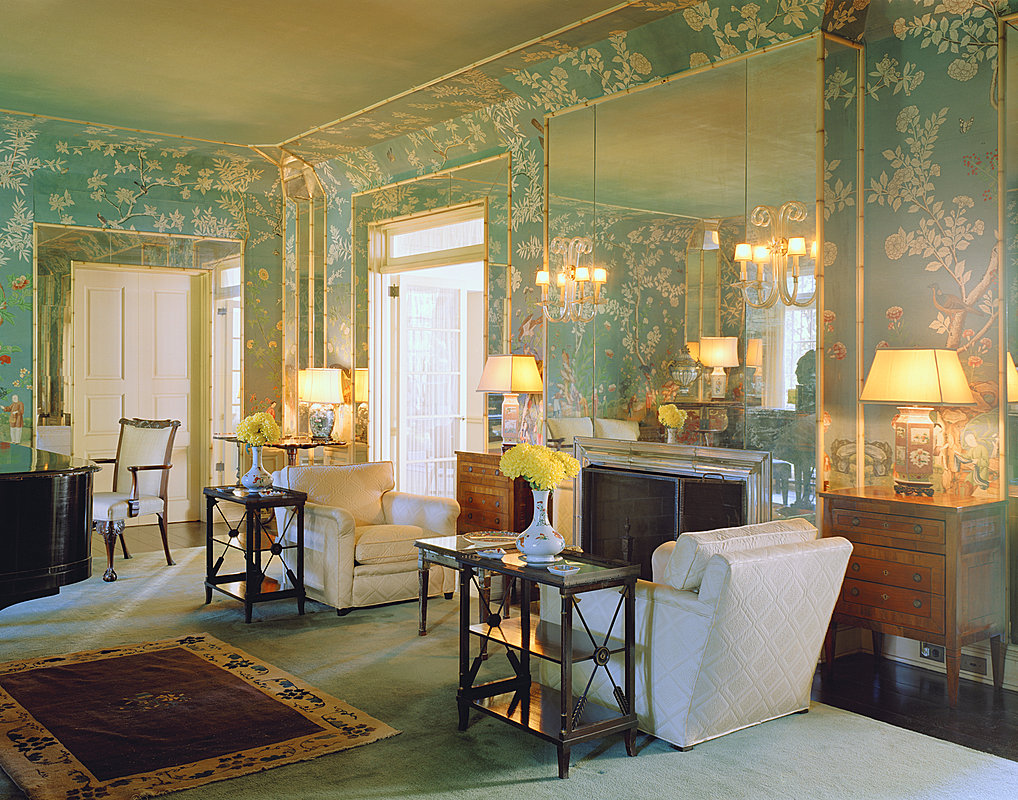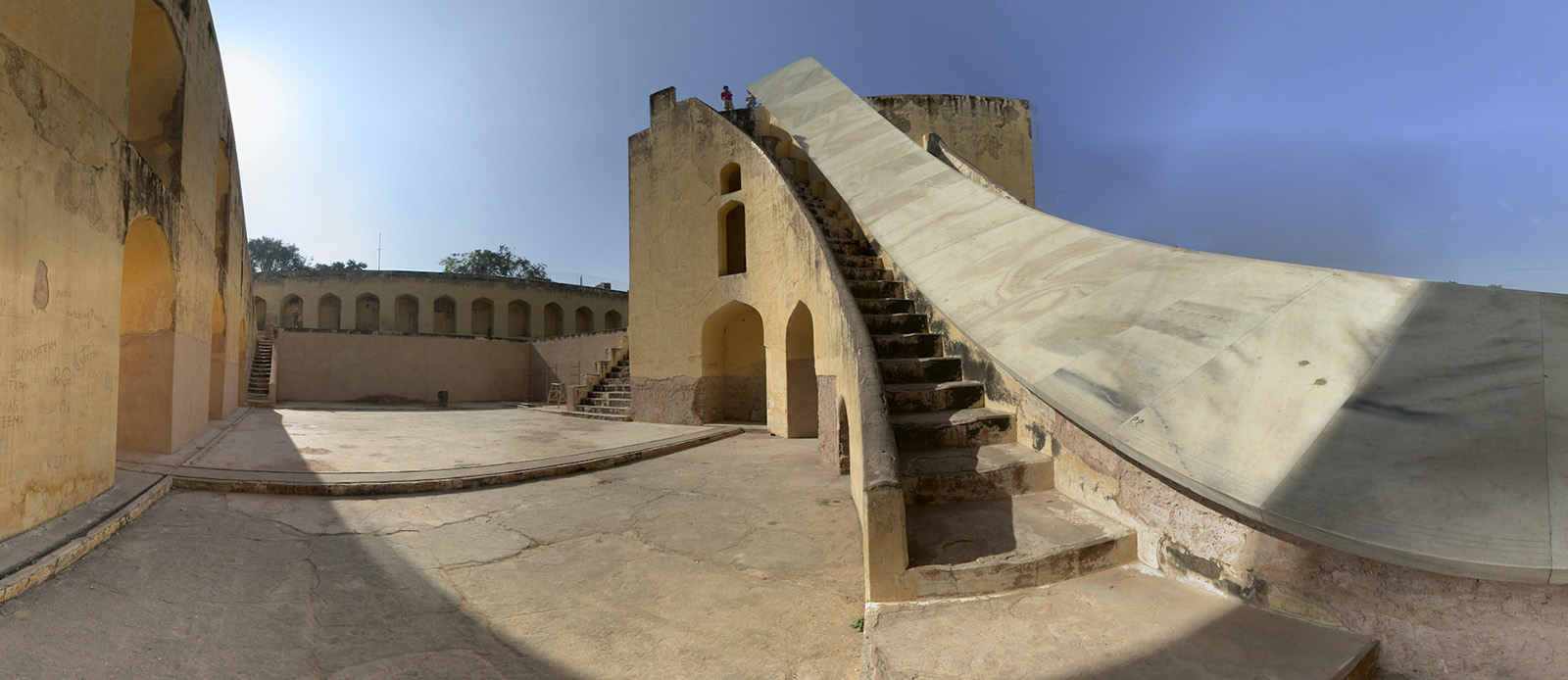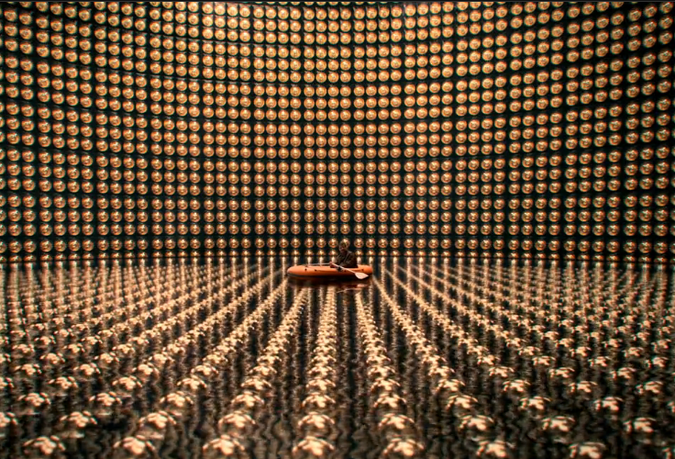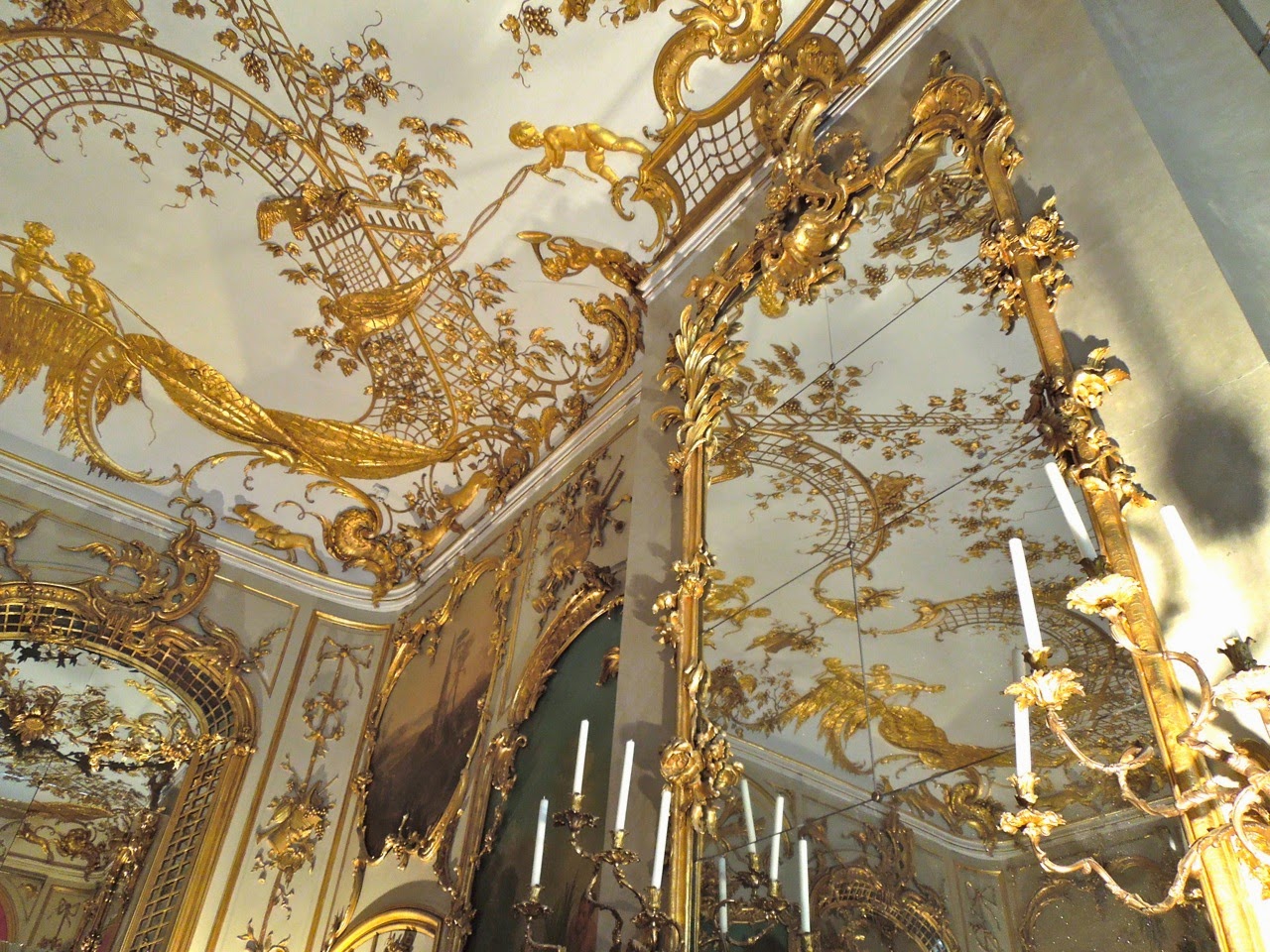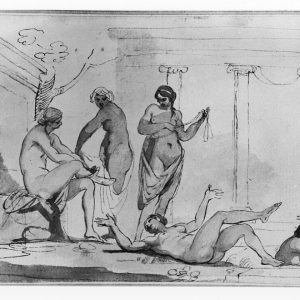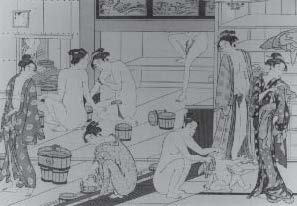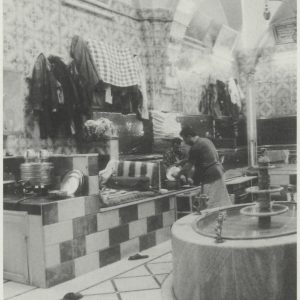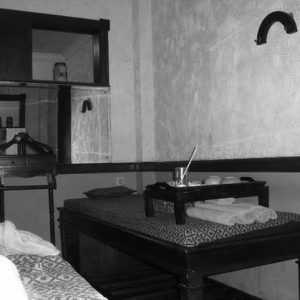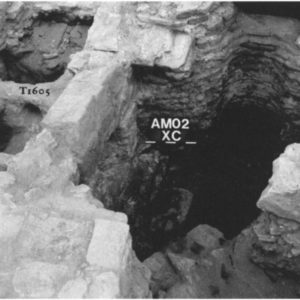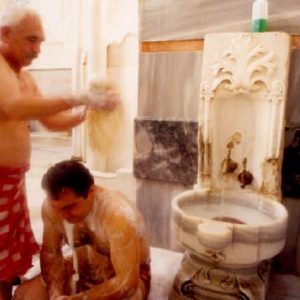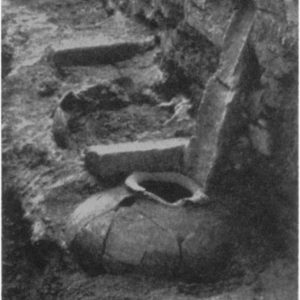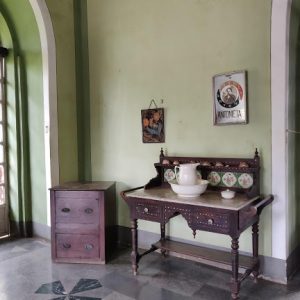Inside Bathrooms
The act of cleansing the human body can be considered a universal activity as we bathe, wash and relieve ourselves every morning in the privacy of our bathrooms. But if we take a look inside the bathrooms around the globe, we realize how our social and cultural values are imbued into these spaces. The cultural views of cleanliness differ between the East and West and govern the daily rituals of millions of people. Evidence of these differences exists in the way the interiors of our bathrooms are organized.
Through this curated section, we will explore the various ways in which social, economic, technological, and colonial influences have shaped our bathroom practices in the recent past. The widespread adoption of baths in every domicile has resulted in the diminishing role of public bathhouses. As the social and economic structures of society have transformed, the morals and functions of the bathhouse have mutated. Historically the public bath was not just a place to cleanse oneself, it was a culture and a state of mind. Its gradual disappearance reflects not only our affluence and the value we place on privacy but modern society’s atomization, sexualization of the body, and lack of public communal spirit. We will trace how public-bath functions, culture, and mores have changed as they moved from West to East and back again, as well as overtime from antiquity to modernity.
Case Studies: Japan; Indonesia; England; Middle East
The use of buckets for bathing not only holds cultural significance but has continued to be a part of the modern-day bathrooms in Asia because of the infrastructural limitations that exist with the non-optimum water pressure for shower use.
Case Studies: India; Pakistan; Japan; Indonesia

